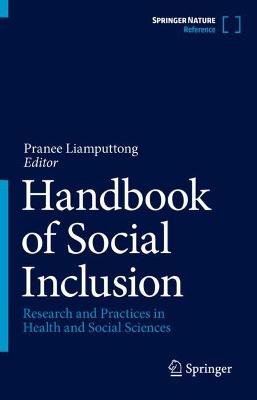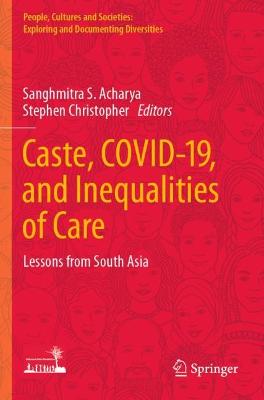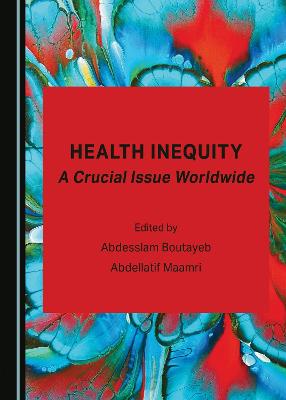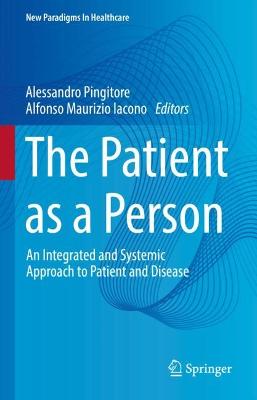Handbook of Social Inclusion
 portes grátis
portes grátis
Handbook of Social Inclusion
Research and Practices in Health and Social Sciences
Liamputtong, Pranee
Springer Nature Switzerland AG
05/2022
2317
Dura
Inglês
9783030895938
15 a 20 dias
5048
Descrição não disponível.
Toward Social Inclusion in Research and Practices: Theoretical Backgrounds.- Social Inclusion: Methodological and Ethical Considerations.- Striving Toward Inclusive Research: Research Methods for Doing Research Inclusively.- Inclusive Research Methodology: Participatory Research.- Social Inclusion & Social Exclusion: Population Groups, Lived Experiences & Issues.- Enhancing Social Inclusion Through Social Inclusion Programs & Interventions.- Promoting Social Inclusion: The Role of Health & Social Care.
Este título pertence ao(s) assunto(s) indicados(s). Para ver outros títulos clique no assunto desejado.
social inclusion;social exclusion;social isolation;inclusive society;social determinants;social capital;social support;social justice;social care;human rights;stigma;discrimination;occupational justice;vulnerable populations;marginalized people;research methodologies;participatory action research;inclusive research methods;health systems;public health
Toward Social Inclusion in Research and Practices: Theoretical Backgrounds.- Social Inclusion: Methodological and Ethical Considerations.- Striving Toward Inclusive Research: Research Methods for Doing Research Inclusively.- Inclusive Research Methodology: Participatory Research.- Social Inclusion & Social Exclusion: Population Groups, Lived Experiences & Issues.- Enhancing Social Inclusion Through Social Inclusion Programs & Interventions.- Promoting Social Inclusion: The Role of Health & Social Care.
Este título pertence ao(s) assunto(s) indicados(s). Para ver outros títulos clique no assunto desejado.
social inclusion;social exclusion;social isolation;inclusive society;social determinants;social capital;social support;social justice;social care;human rights;stigma;discrimination;occupational justice;vulnerable populations;marginalized people;research methodologies;participatory action research;inclusive research methods;health systems;public health







